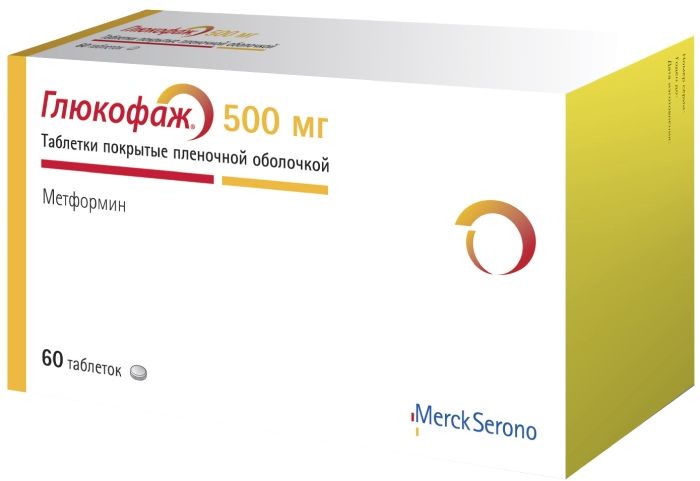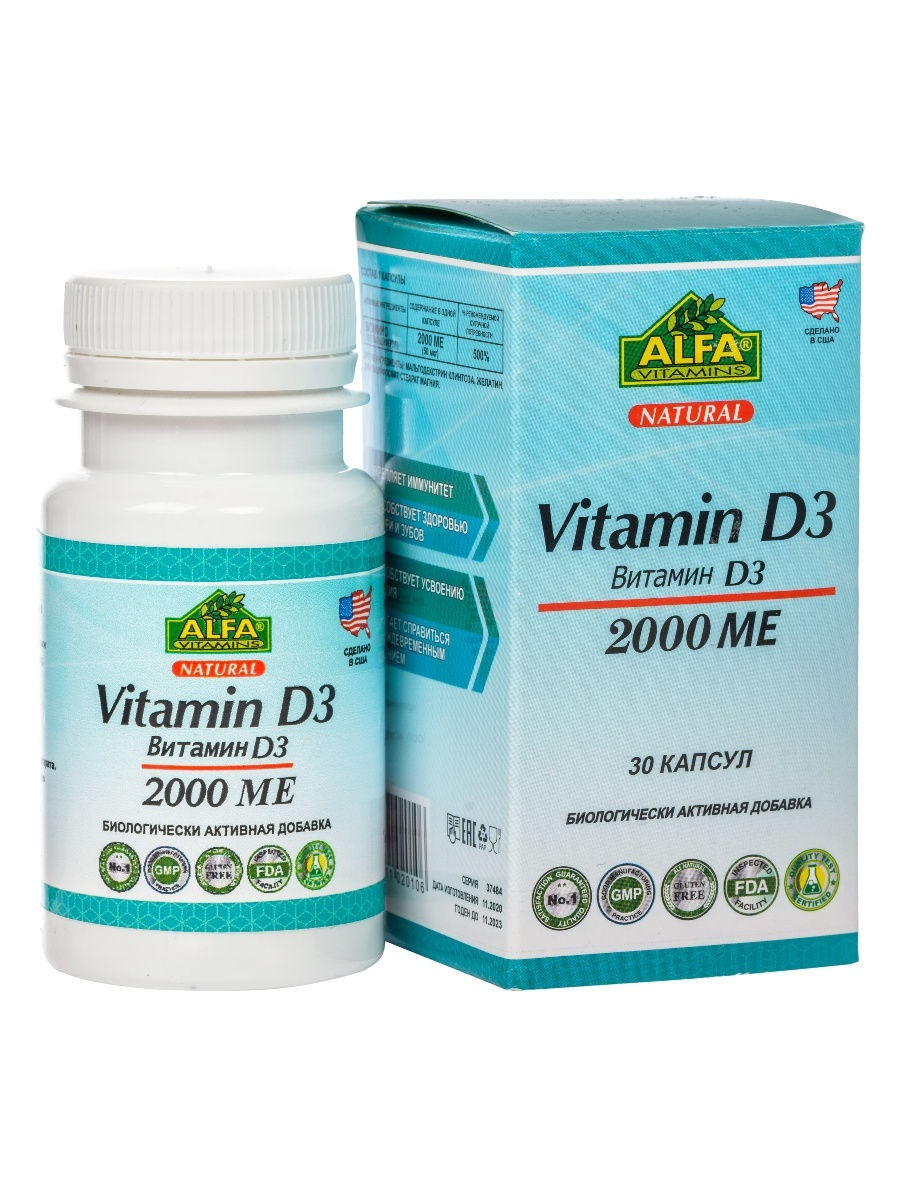- No products in the cart.
Formetin Table 1d 60 pc
$6.34
Formetin Table 1d 60 pc
Description
Composition
Active substance:
1 tablet contains: metformin hydrochloride – 0.500 g; 0.850 g; 1,000 of
Excipients:
Of middle Povidone (polyvinylpyrrolidone of middle medical) – 0.017 g; 0.029 g; 0.034 g; croscarmellose sodium (primelloza) – 0.008 g; 0.0136 g; 0.016 g; magnesium stearate – 0.005 g; 0.0084 g; 0.010 g
Description:
White round tablets with beveled Valium and Valium (dosed at 0.5 g) and pills white oval biconvex scored on one side (at a dosage of 0.85 g and 1.0 g).
Product form:
Pills 0.5 g, 0.85 g and 1 g 10 tablets in blisters. 3, 6 or 10, contour packs together with instructions for use in a pile of cardboard.
Contraindications
Diabetic ketoacidosis, diabetic precoma, coma; pronounced renal dysfunction; cardiac and respiratory failure, acute phase of myocardial infarction, acute ischemic stroke, dehydration, chronic alcoholism, and other conditions that may contribute to the development of lactic acidosis; pregnancy and lactation; Hypersensitivity to the drug; major surgery or injury, when shown holding insulin; severe infectious diseases; impaired liver function; acute alcohol poisoning; lactic acidosis (including history); application for at least 2 days prior to and within 2 days after the radioisotope or radiological examinations with the introduction iodinated contrast material; compliance hypocaloric diets (less than 1000 kcal / day).
Do not use the drug in patients older than 60 years, performing heavy physical work, due to an increased risk of developing lactic acidosis.
Dosage
1000 mg
Indications
Diabetes mellitus type 2, with poor diet (especially for patients suffering from obesity).
Interaction with other drugs
While the use of sulfonylureas, acarbose, insulin, steroidal antiinflammatories, monoamine oxidase inhibitors, oxytetracycline, angiotensin converting enzyme inhibitors, clofibrate derivatives, cyclophosphamide, beta-blockers may increase the hypoglycemic action of Metformin.
While the use of corticosteroids, oral contraceptives, epinephrine, sympathomimetics, glucagon, thyroid hormones, thiazide and “loop” diuretics, phenothiazine derivatives, nicotinic acid derivatives may decrease the hypoglycemic action of Metformin.
Cimetidine slows the excretion of metformin, resulting in increased risk of developing lactic acidosis.
Metformin can weaken the effect of anticoagulants (coumarin derivatives).
At simultaneous reception of alcohol may develop lactic acidosis.
Nifedipine increases absorption, maximum concentration, slows excretion of metformin.
Cationic drugs (amiloride, digoxin, morphine, procainamide, quinidine, quinine, ranitidine, triamterene, vancomycin), secreted in the tubules, compete for tubular transport system and long-term therapy can increase the maximum concentration of the preparation by 60%.
Overdose
In case of overdose of metformin may develop lactic acidosis fatal. The reason for the development of lactic acidosis can also be the accumulation of the drug due to renal dysfunction. Early symptoms of lactic acidosis are weakness, nausea, vomiting, diarrhea, low body temperature, abdominal pain, muscle pain, lower blood pressure, reflex bradyarrhythmia, hereinafter there may be a shortness of breath, dizziness, coma and impaired consciousness development.
Treatment: If signs of lactic acidosis, metformin treatment must be stopped immediately, the patient hospitalized immediately and determine the concentration of lactate, confirm the diagnosis. The most effective measure for the excretion of lactate and metformin is hemodialysis. Spend as symptomatic treatment.
pharmachologic effect
Pharmacological group:
Hypoglycemic agent for oral use biguanide group.
Pharmacodynamics:
Metformin inhibits gluconeogenesis in liver reduces glucose absorption from the intestine, increases peripheral glucose disposal, and also improves the sensitivity of tissues to insulin. When this has no effect on insulin secretion from the beta cells of the pancreas does not cause hypoglycemic reactions. It reduces the level of triglycerides and low density lipoproteins in the blood. Stabilizes or lowers body weight. It has fibrinolytic action by inhibiting plasminogen activator inhibitor, tissue-type.
Pharmacokinetics:
After oral administration, metformin is slowly absorbed from the gastrointestinal tract. The bioavailability after ingestion of standard doses is 50-60%. The maximum plasma concentration is reached 2.5 hours after ingestion. Practically does not bind to plasma proteins. It accumulates in the salivary glands, muscles, liver and kidneys. Provided intact kidneys. half-life is 1.5-4.5 hours. When renal impairment possible drug accumulation.
Conditions of supply of pharmacies
On prescription.
side effects
On the part of the digestive system: nausea, vomiting, a “metallic” taste in the mouth, loss of appetite, diarrhea, flatulence, abdominal pain.
From a metabolism: in rare cases, lactic acidosis (requires discontinuation of treatment); long-term treatment – B12 vitamin deficiencies (malabsorption).
From the side of hematopoiesis: in some cases – megaloblastic anemia.
Endocrine system: hypoglycemia (when used in inadequate doses).
Allergic reactions: skin rash.
special instructions
The period of treatment is necessary to monitor renal function. At least 2 times a year, as well as the appearance of myalgia should determine the content of lactate in plasma.
Formetin possible to use the drug in combination with sulfonylureas. In this case, you need particularly careful monitoring of blood glucose levels.
Effects on ability to drive vehicles and operate machinery:
When used as monotherapy Formetin not affect the ability to drive vehicles and operate machinery.
Formetina When combined with other hypoglycemic drugs (sulfonylureas, insulin, etc.) may develop hypoglycemic conditions in which impaired ability to road management and occupation of other potentially hazardous activities that require attention and fast psychomotor reactions.
Storage conditions
In dry protected from light at a temperature not higher than 25 C.
Keep out of the reach of children.
Dosing and Administration
The dose of the drug is established by the doctor individually, depending on the level of glucose in the blood.
Receive, not liquid, during or after a meal, drinking plenty of water. The initial dose is 0.5 g 1-2 times a day or 0.85 g 1 times a day, gradually (one week) the dose was increased to 2-3 g per day. The maximum daily dose – 3 years
In elderly patients the daily dose should not exceed 1 g
Due to the increased risk of lactic acidosis in severe metabolic disorders is necessary to reduce the dose of the drug.
Information
Appearance may differ from that depicted in the picture. There are contraindications. You need to read the manual or consult with a specialist
Additional information
| Weight | 0.100 kg |
|---|---|
| Manufacturer | Pharmstandard |













There are no reviews yet.